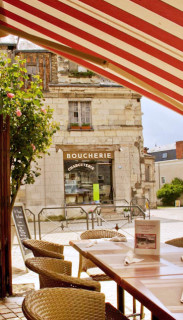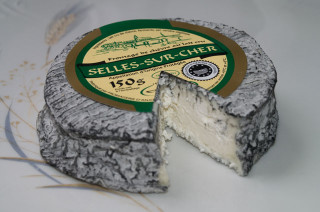![]() At The Slow Road we believe that getting in deep and up close has as much to do with a region’s culinary culture as it does with its geography and people. After all, you can’t really call yourself a cultural adventurer if you don’t embrace the local food and drink—to partake of the freshest, most delicious local fare is to become one with where you are. In this latest edition of our Cuisine 101 series, we delve into “the garden of France” and take a look at Loire Valley cuisine.
At The Slow Road we believe that getting in deep and up close has as much to do with a region’s culinary culture as it does with its geography and people. After all, you can’t really call yourself a cultural adventurer if you don’t embrace the local food and drink—to partake of the freshest, most delicious local fare is to become one with where you are. In this latest edition of our Cuisine 101 series, we delve into “the garden of France” and take a look at Loire Valley cuisine.
Specialties of Loire Valley Cuisine
 Fouace/Fouée
Fouace/Fouée
Long a staple of Loire Valley cuisine, you won’t find this traditional bread in boulangeries any more, but you may taste it in one of the regional restaurants. One version is plain and baked in a wood-fired oven, while the other looks and tastes more like a brioche. These are often served with rillettes as an appetizer.
Rillettes
A shredded, textured pâté. You’ll mainly find pork rillettes, but also salmon or duck. You’ll be able to buy this in charcuteries for picnics.
Fish
Loire Valley cuisine has included freshwater fish caught locally since pre-Roman times. The dishes are often accompanied by a sauce that brings through the delicate flavour of the fish, such as beurre blanc, a butter sauce flavoured with shallots and vinegar. A few types of fish you’ll probably see on the menu include sandre (pike perch or zander), alose (shad), anguilles (eel, often stewed in red wine for Matelote d’Anguilles) brochet (pike) and brème: (bream).


